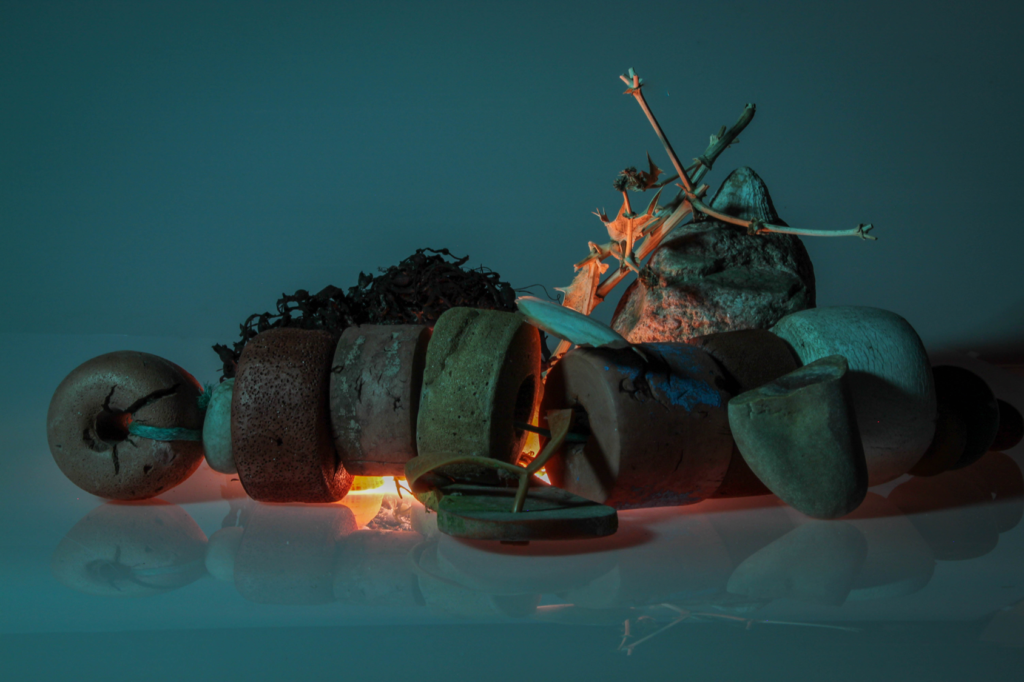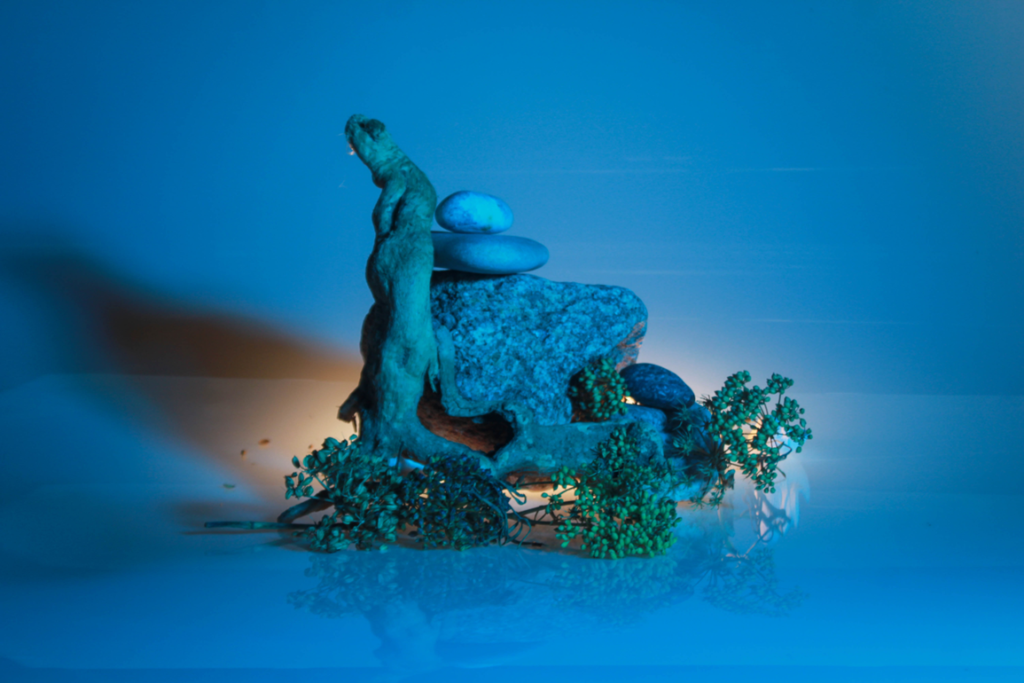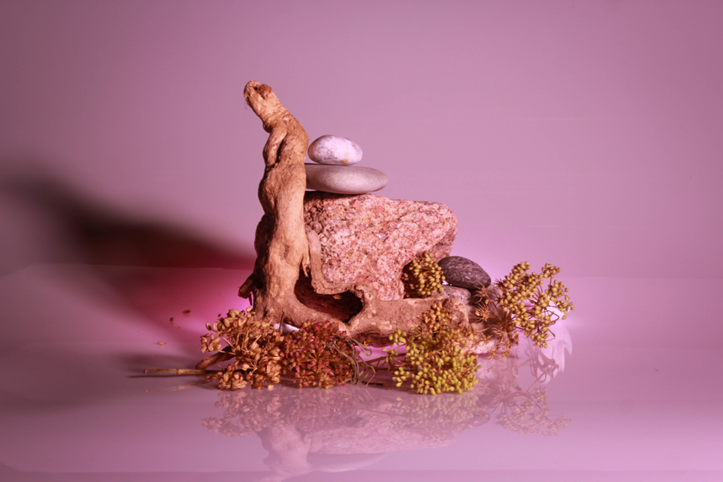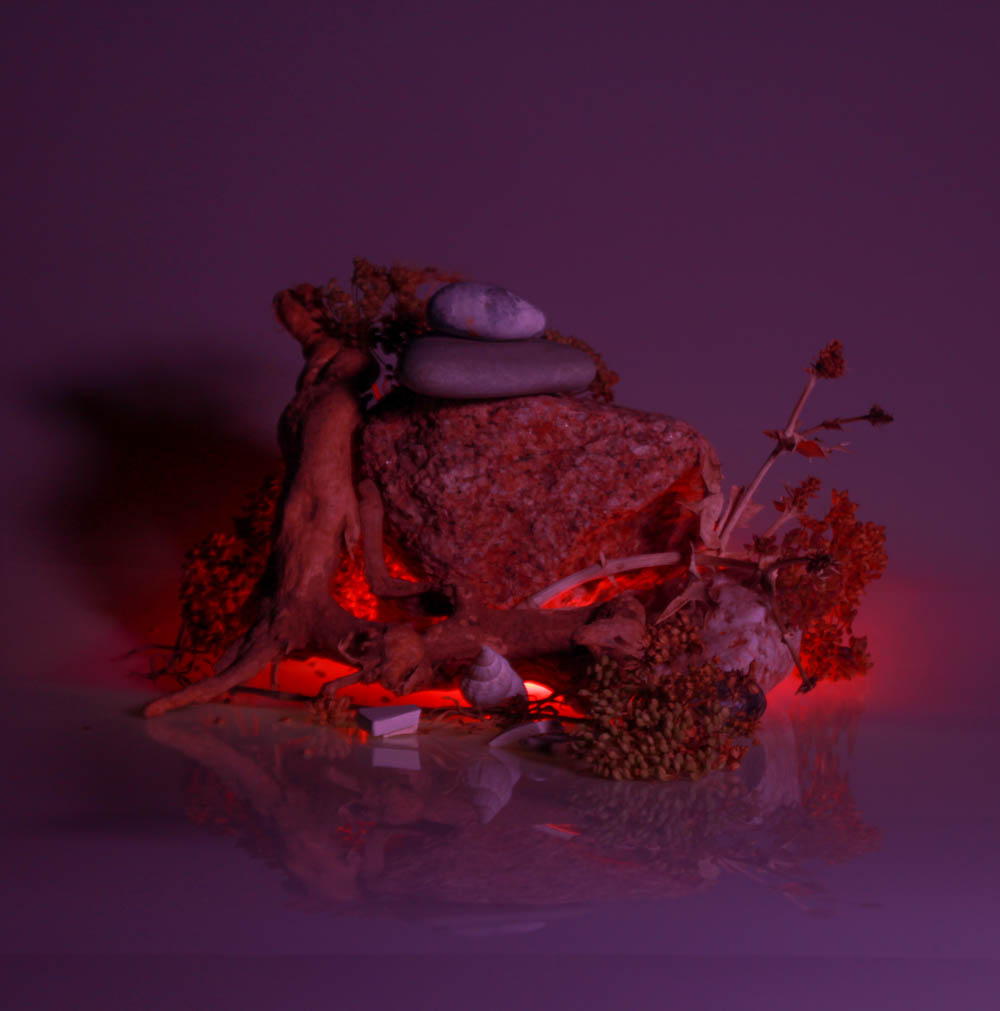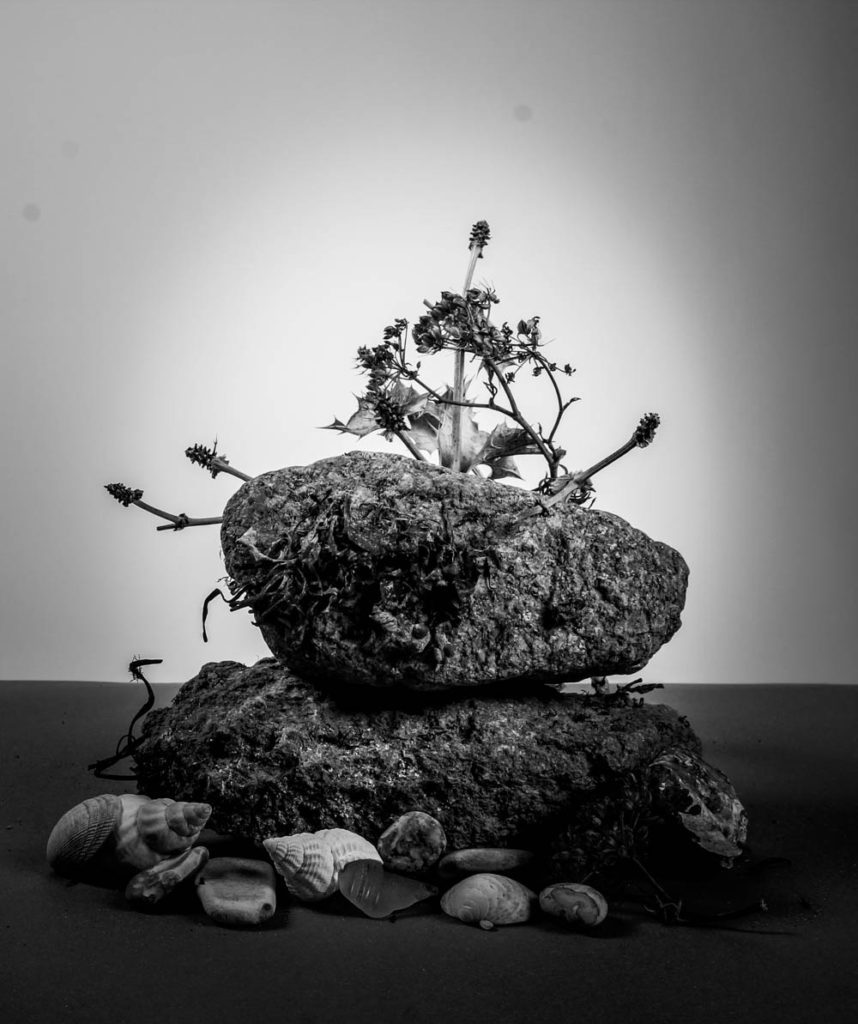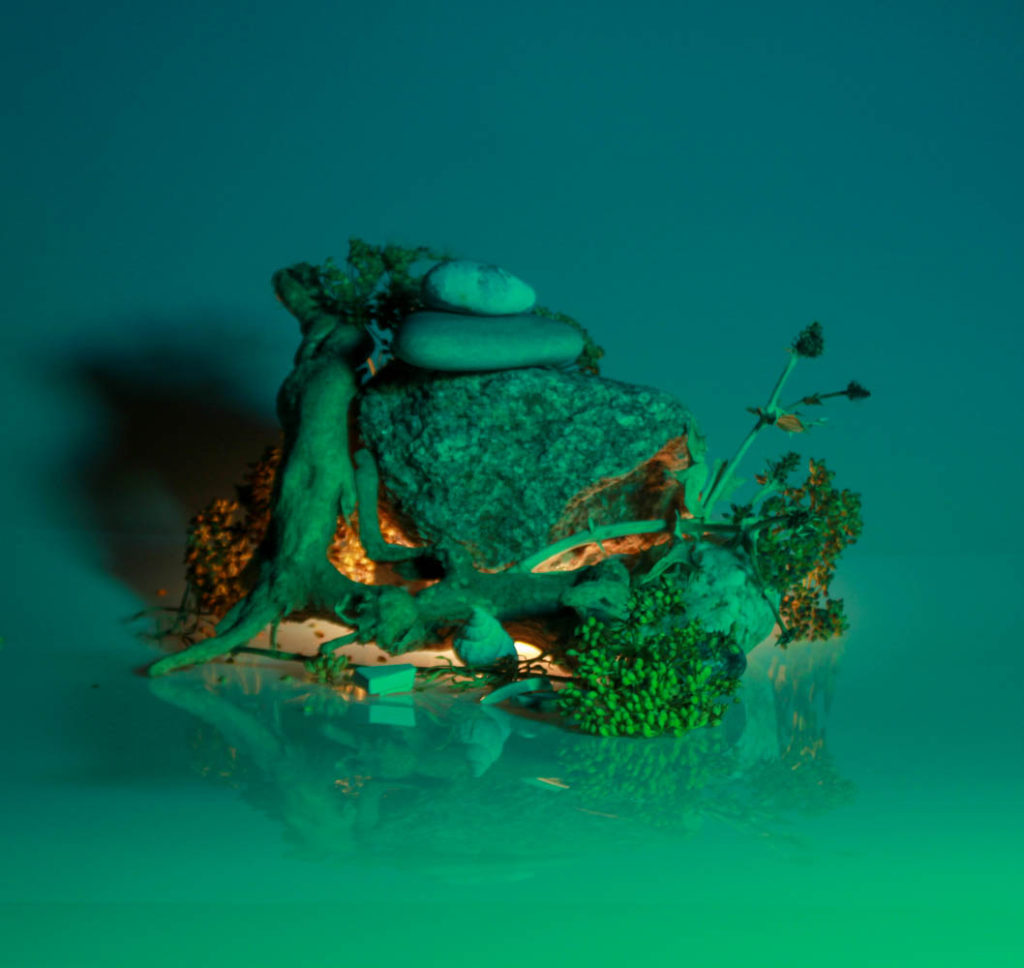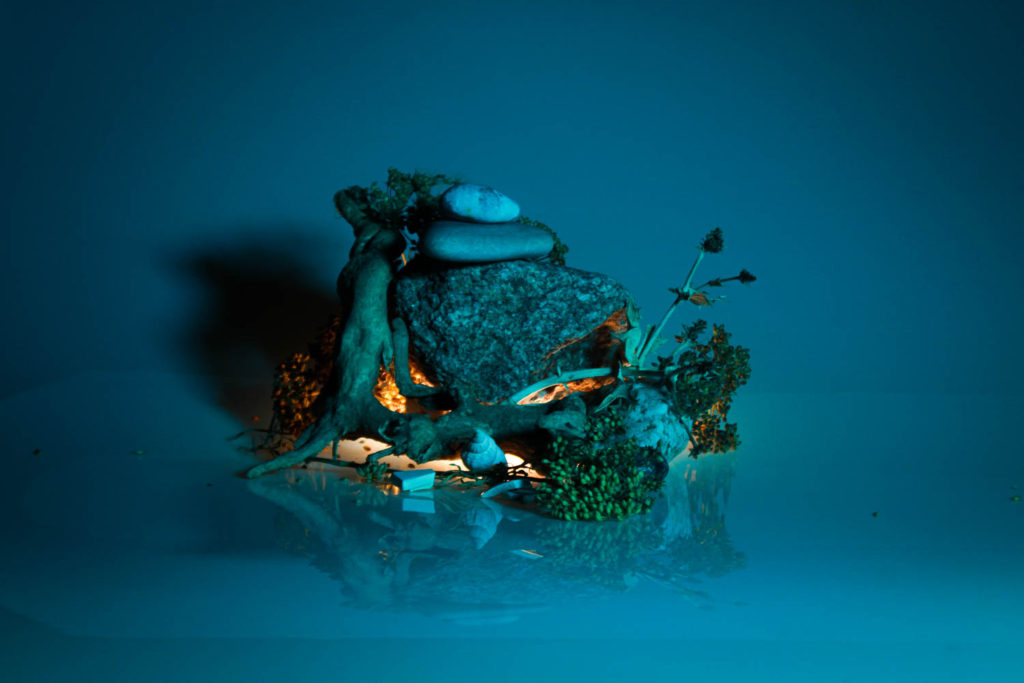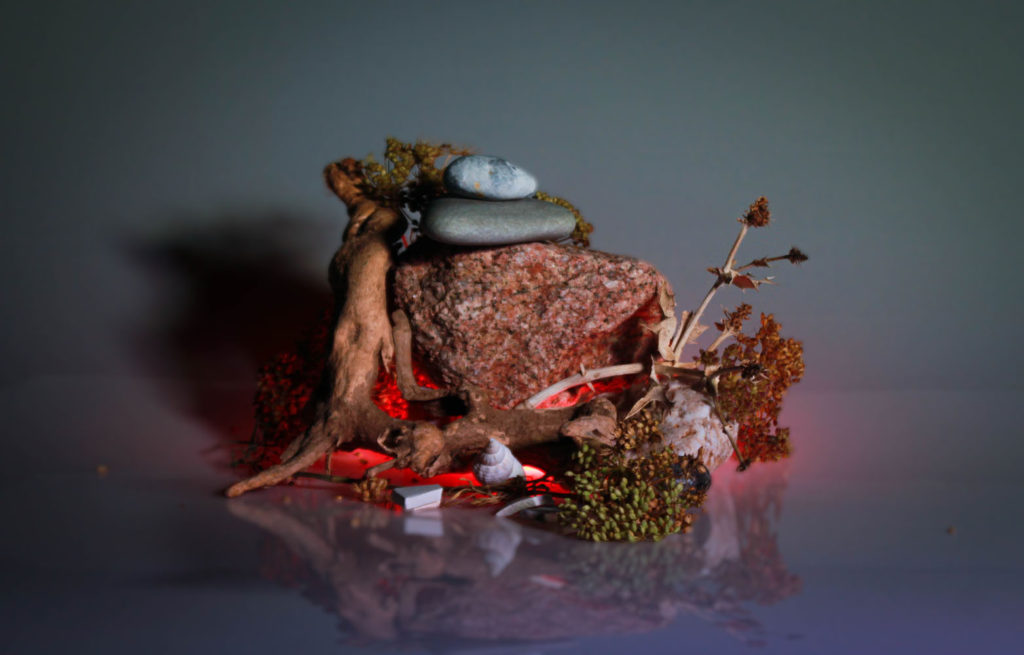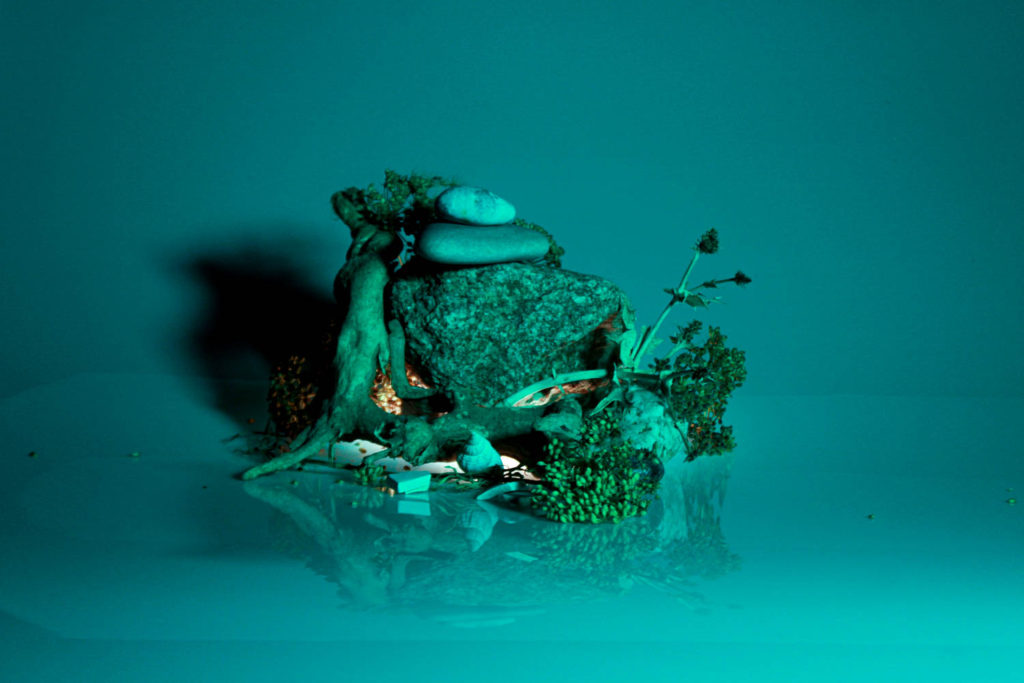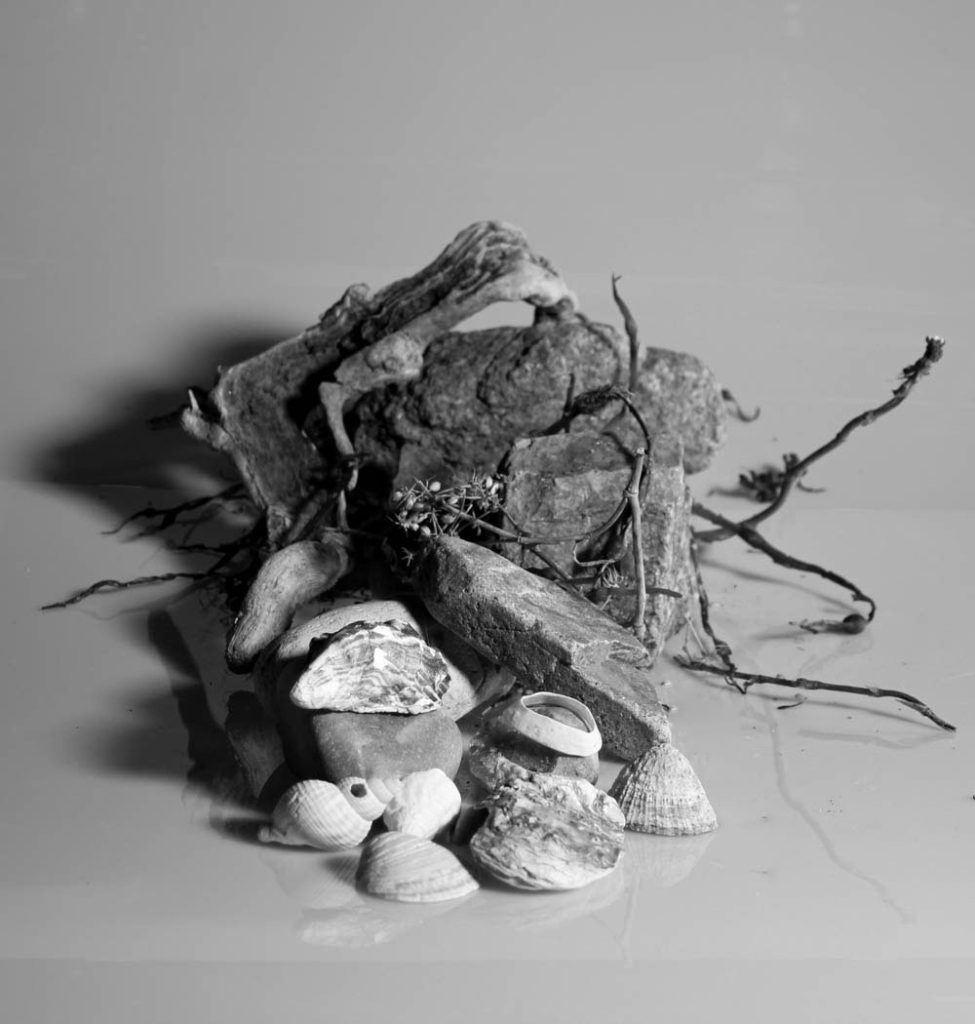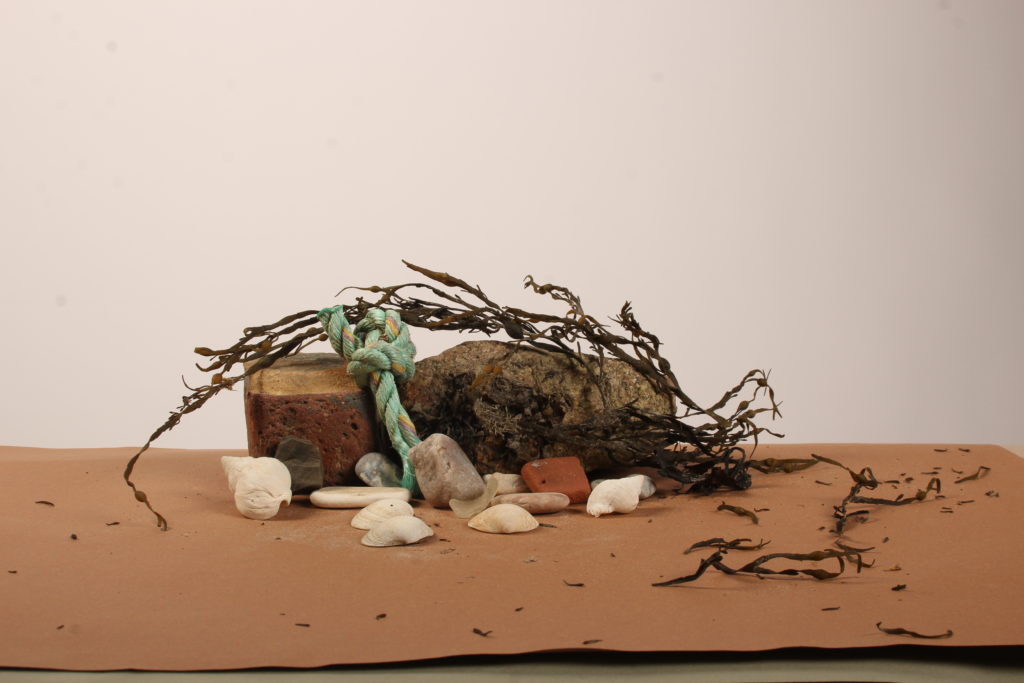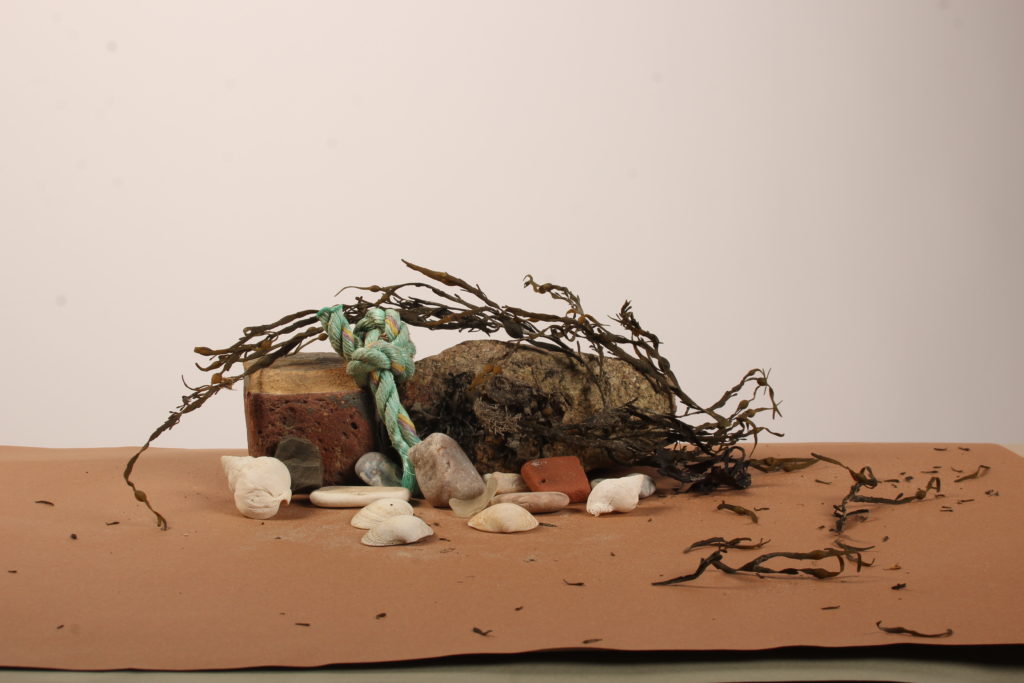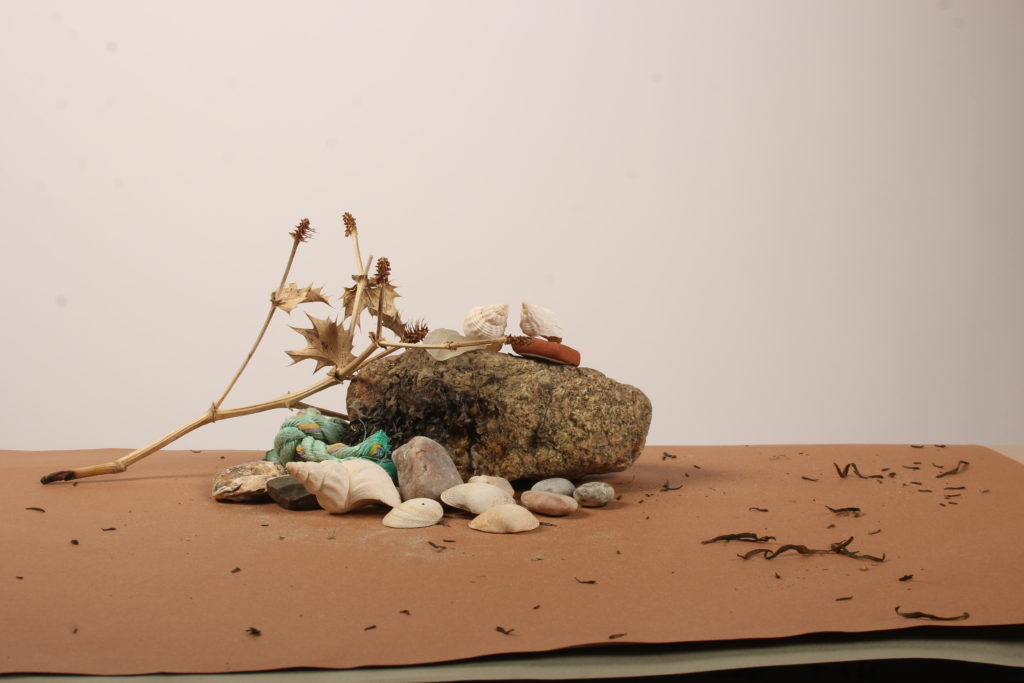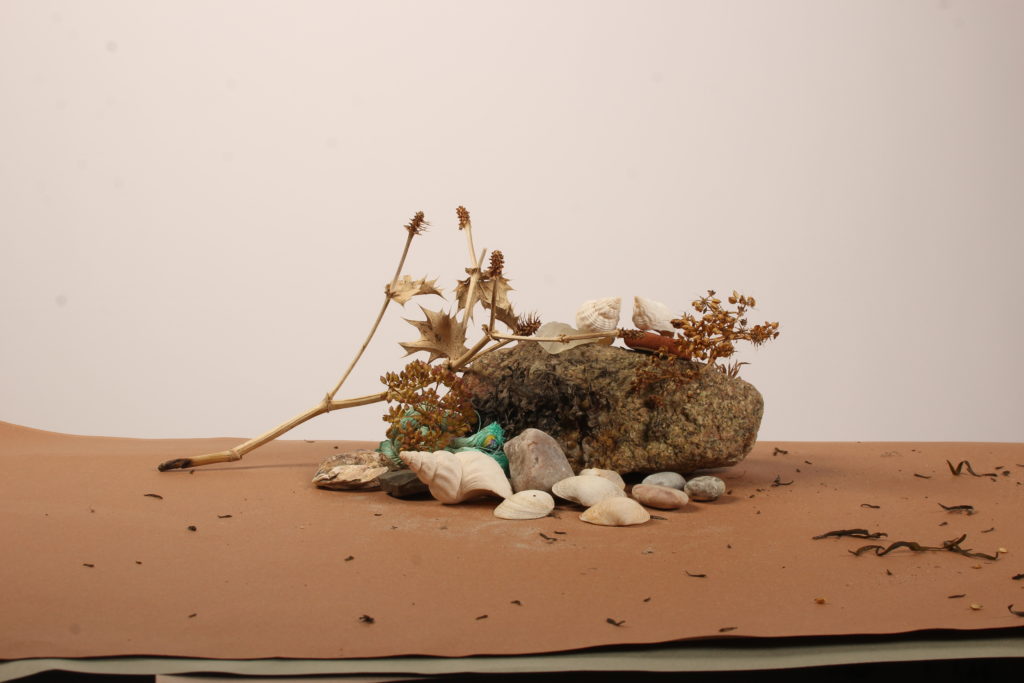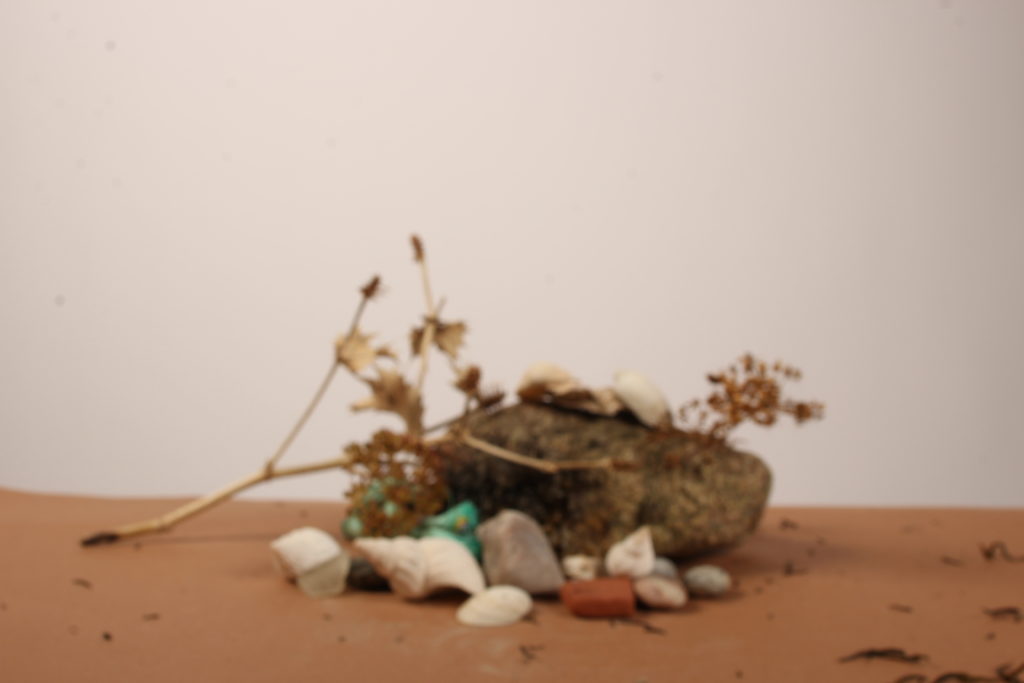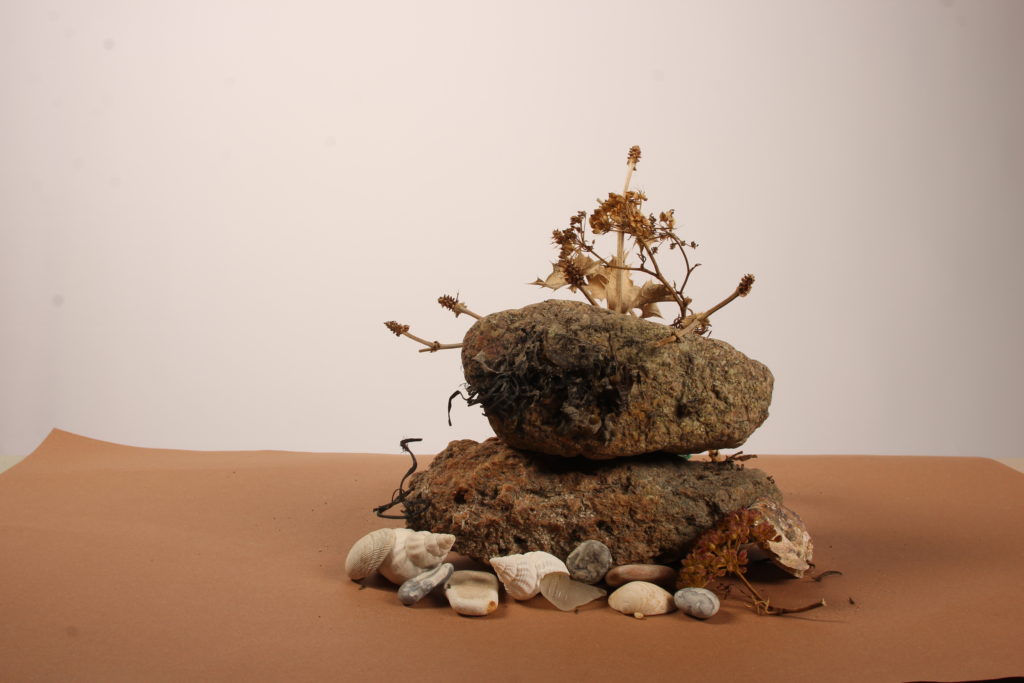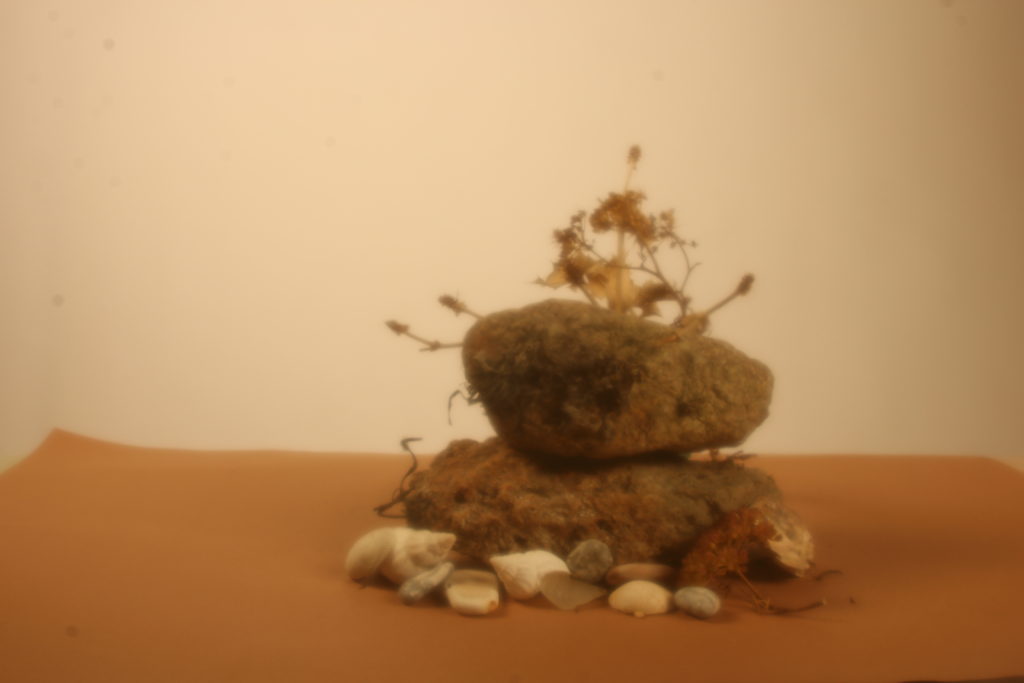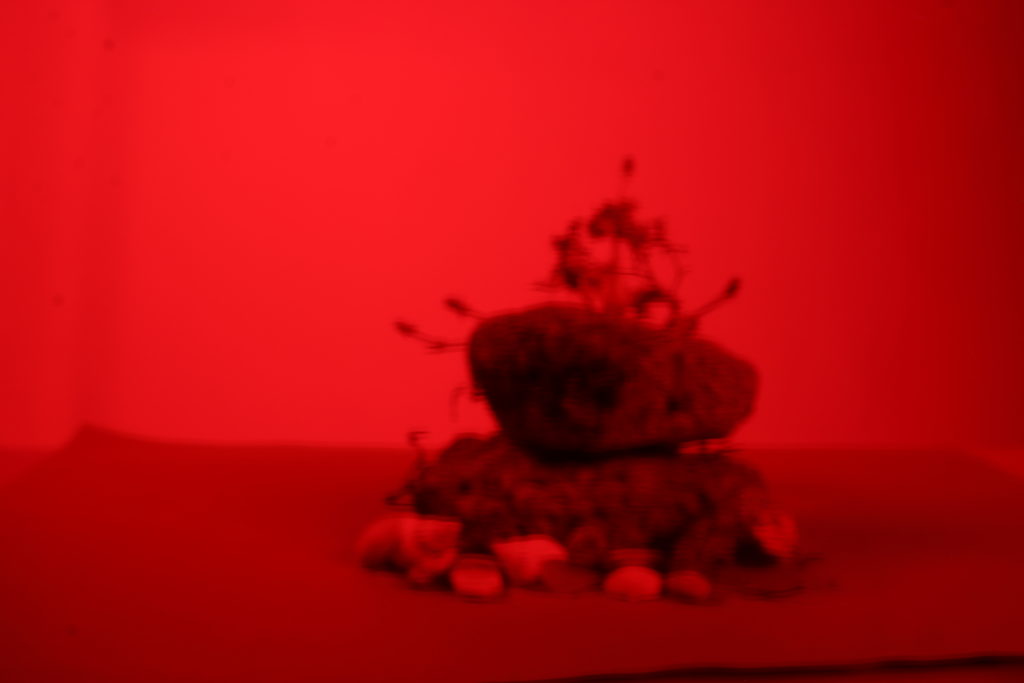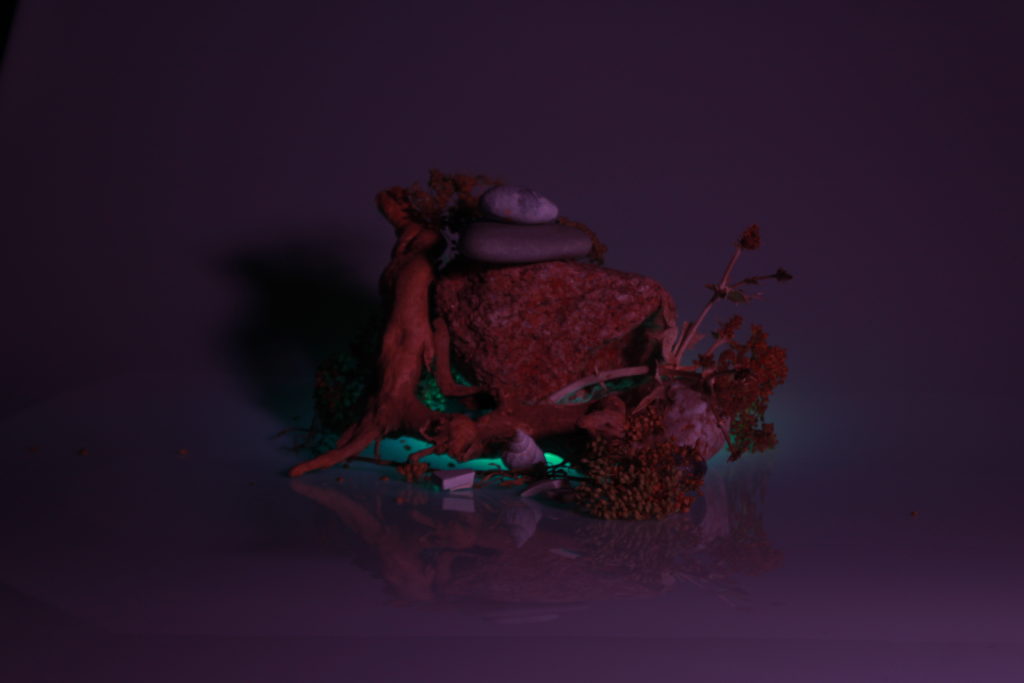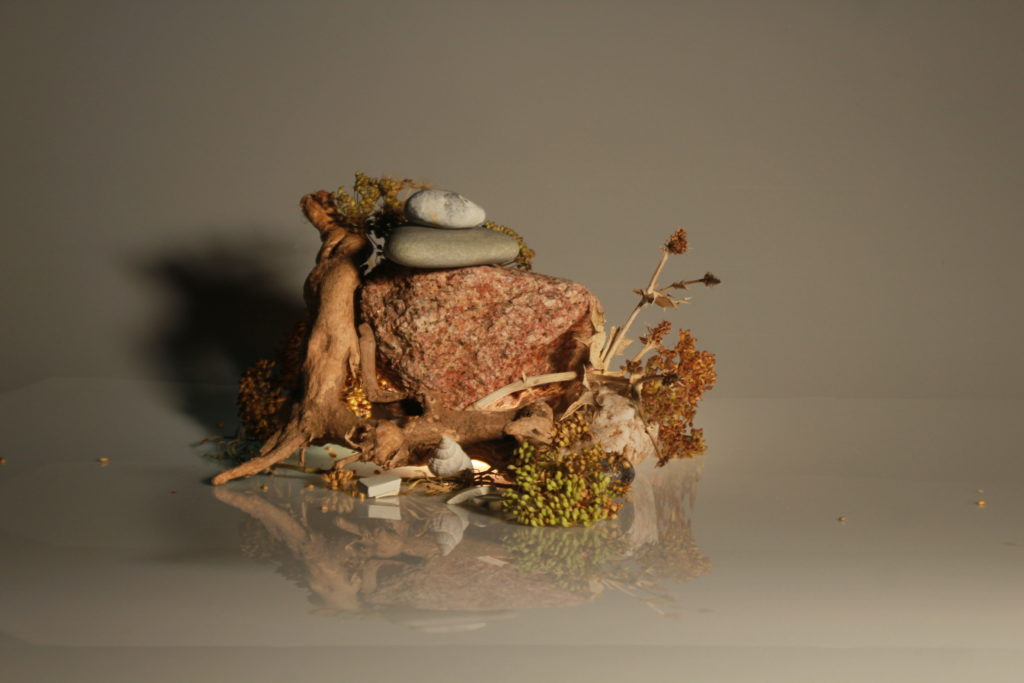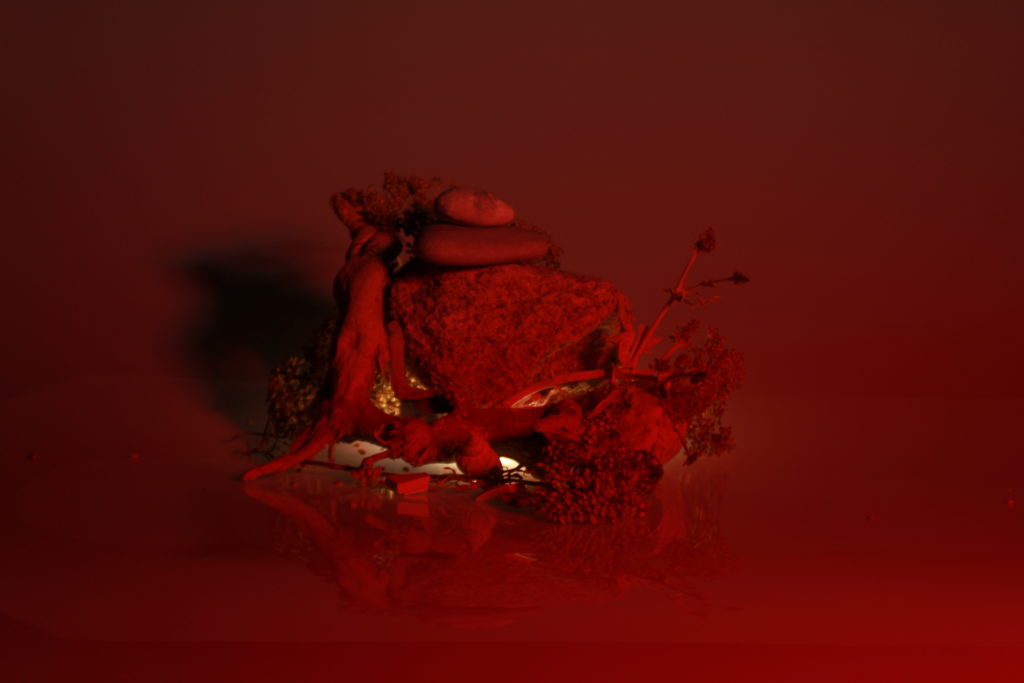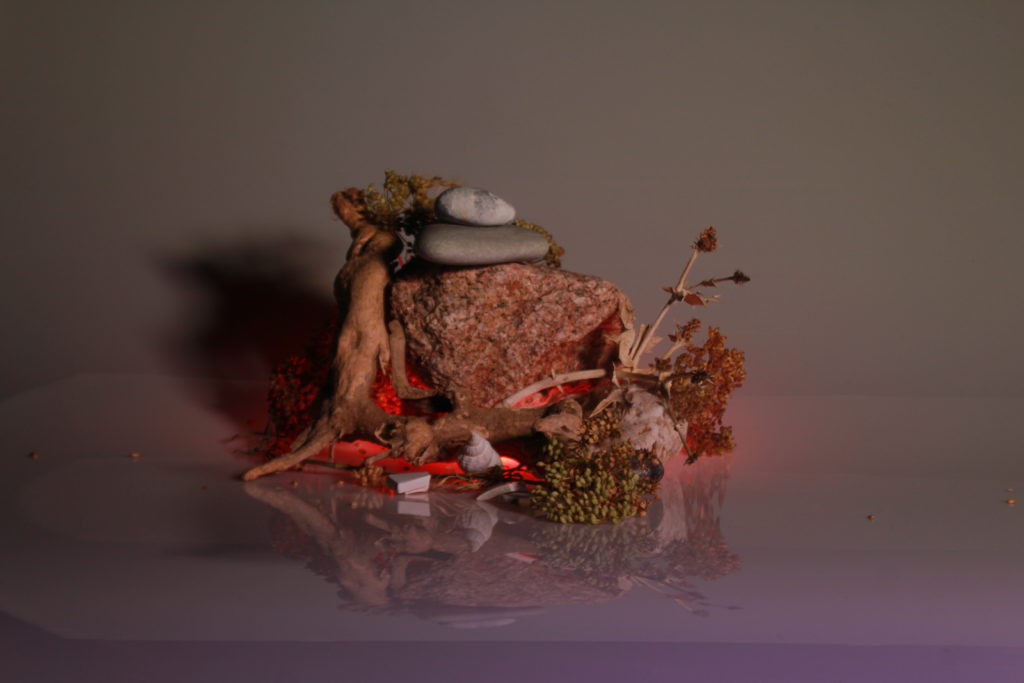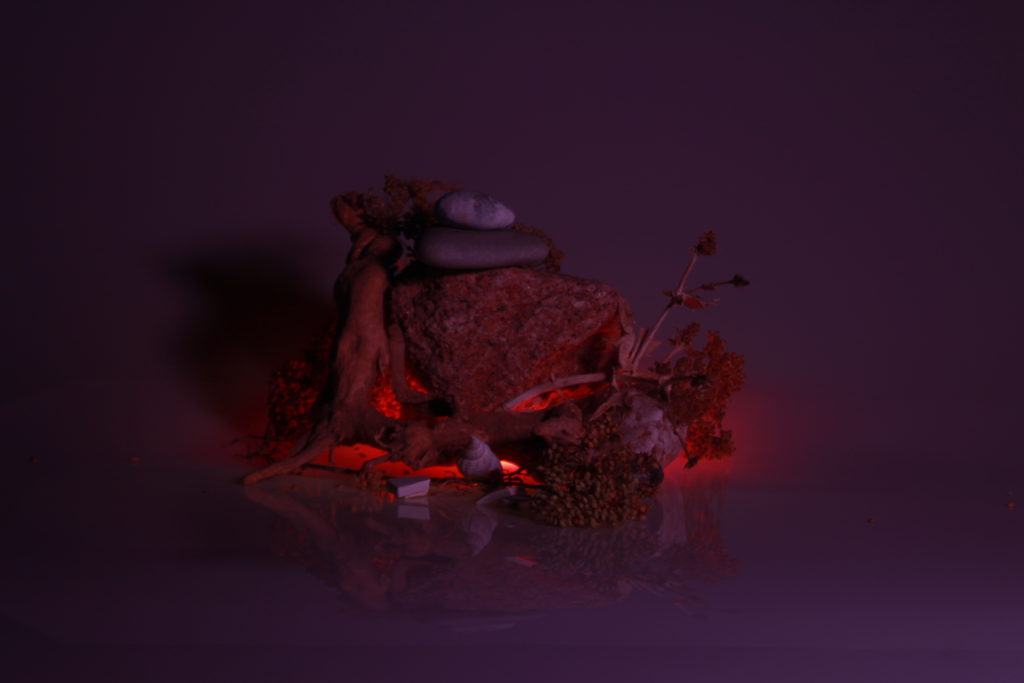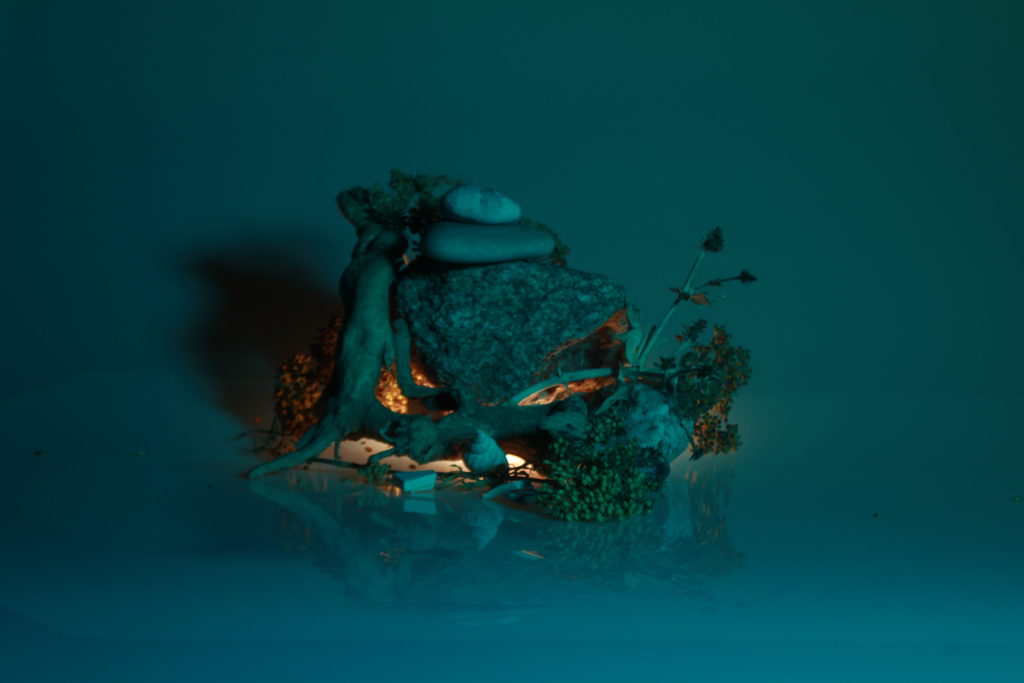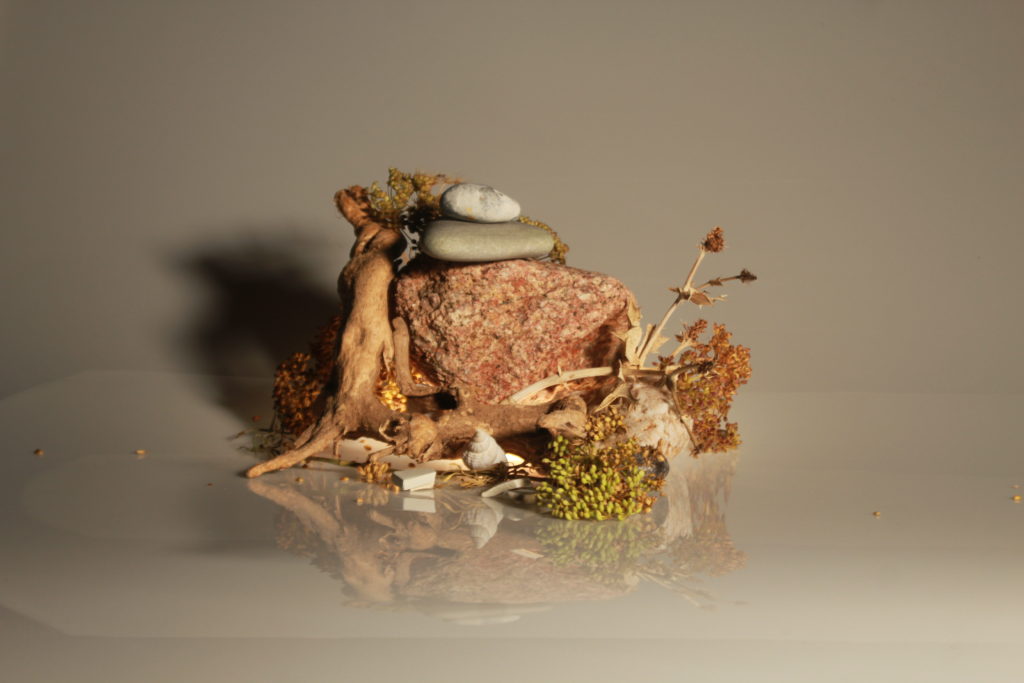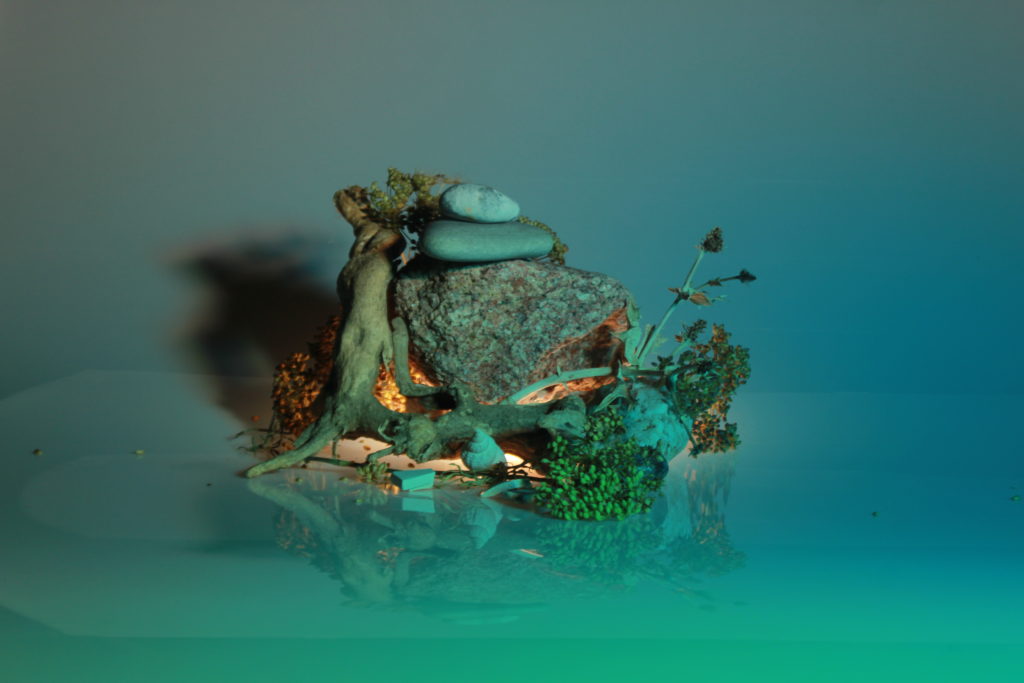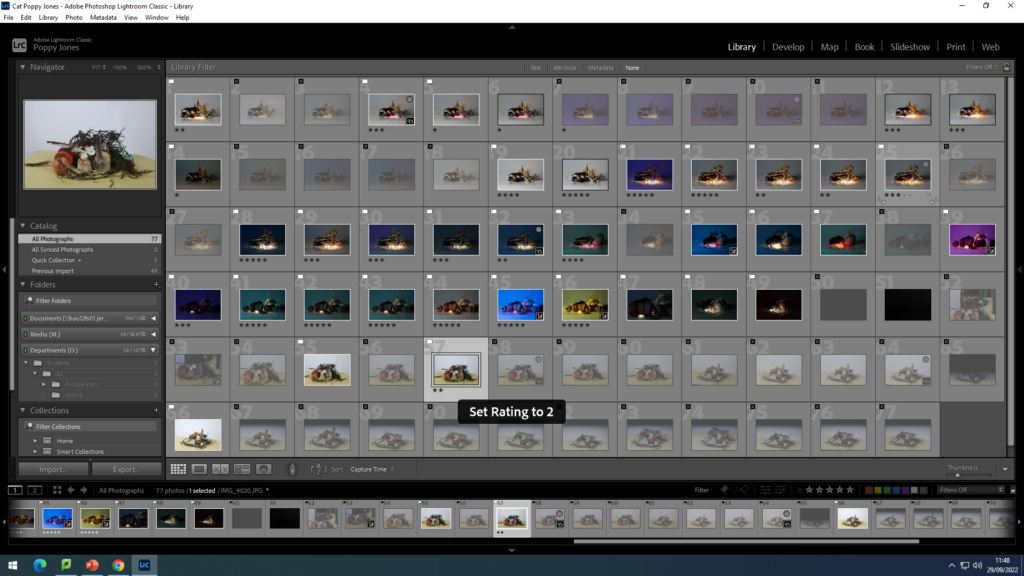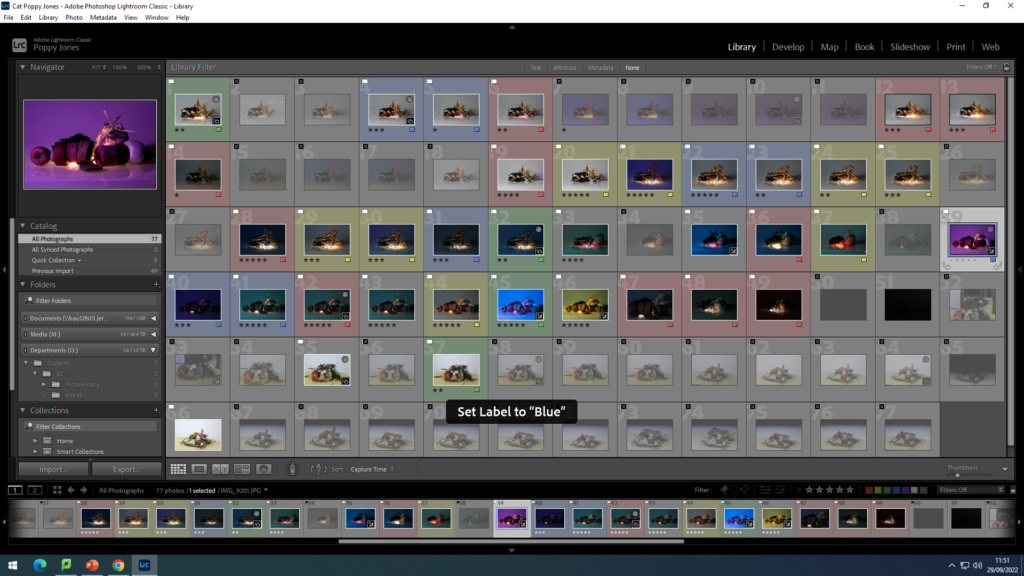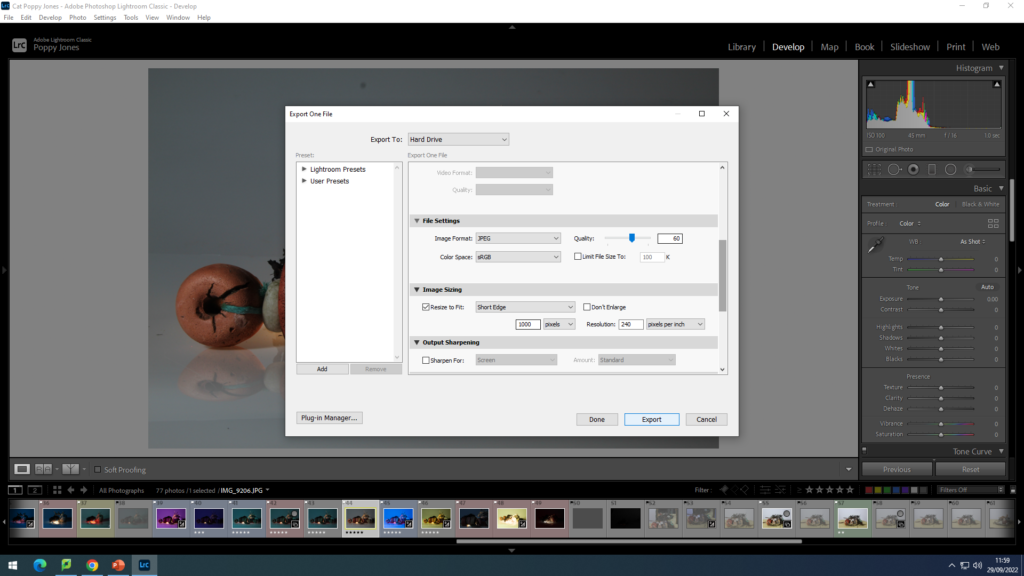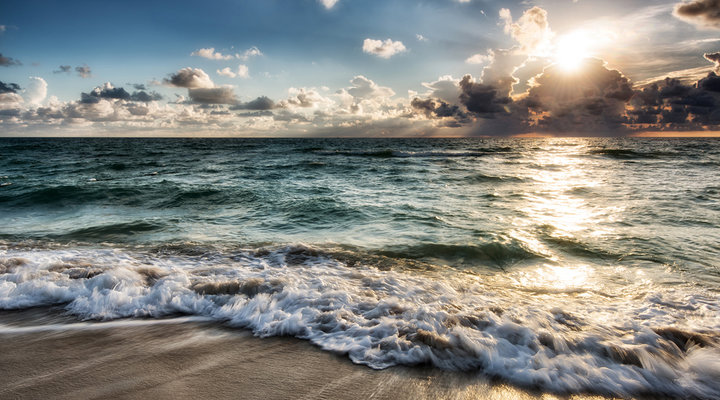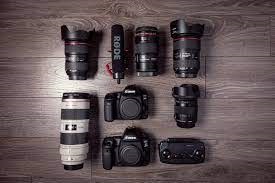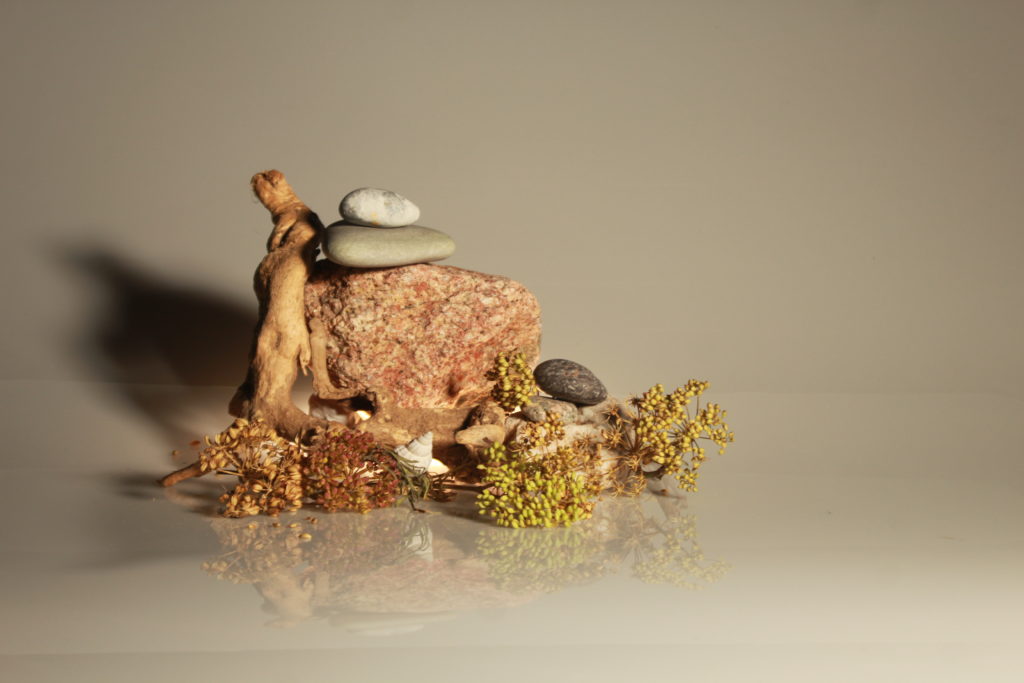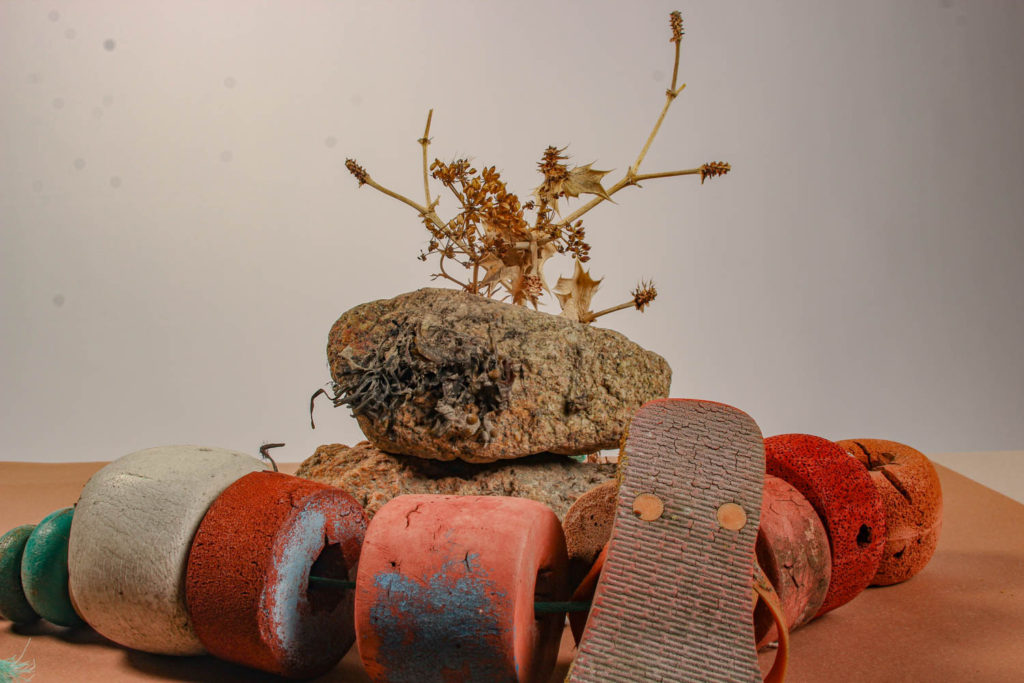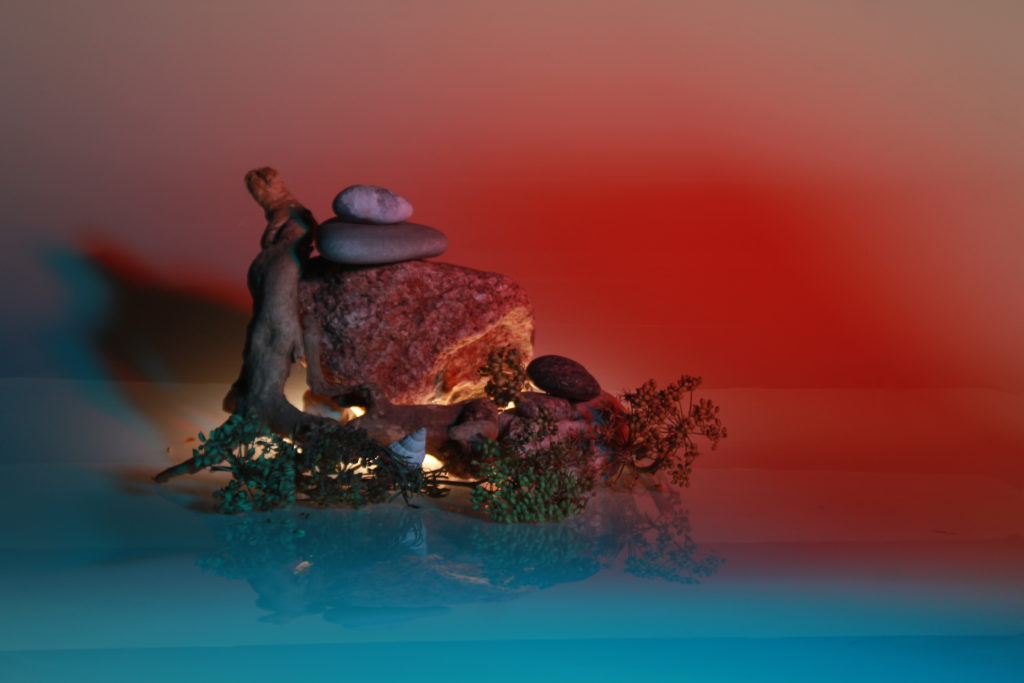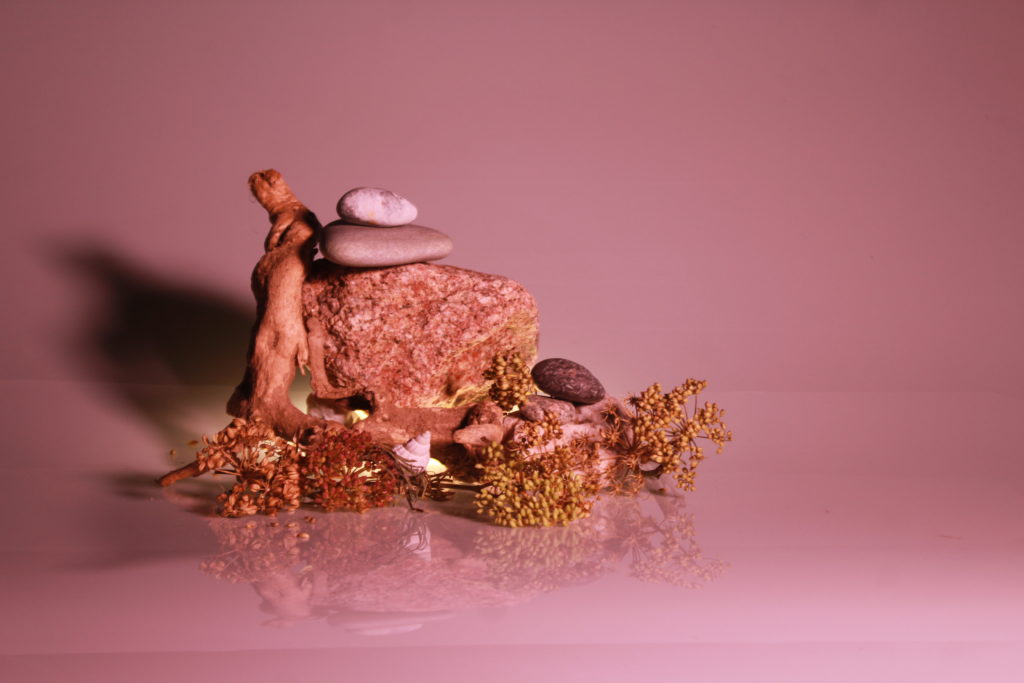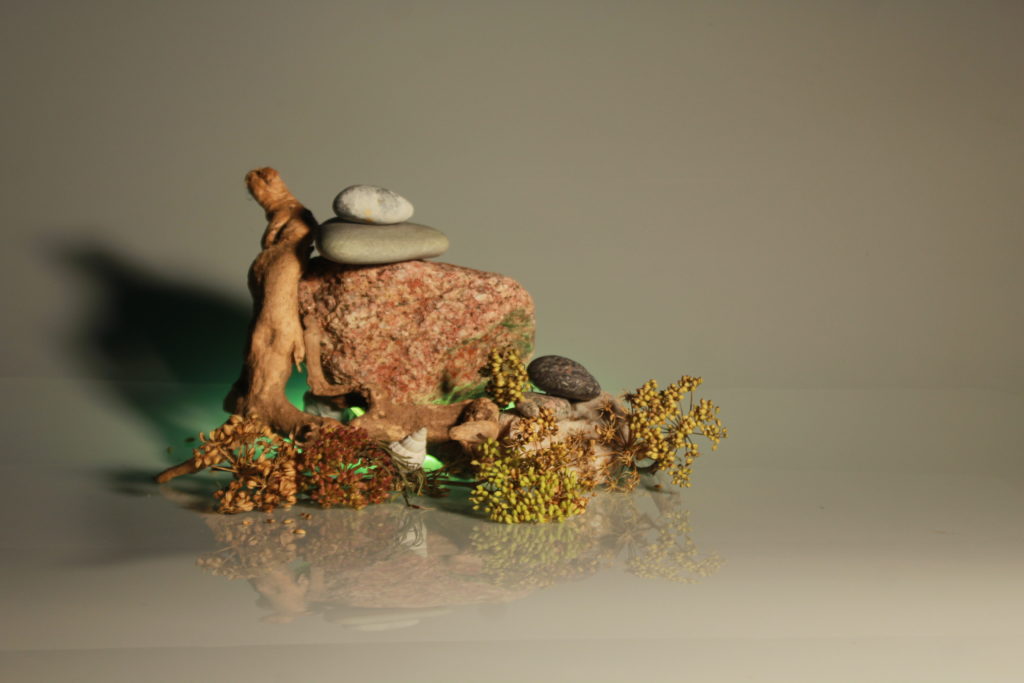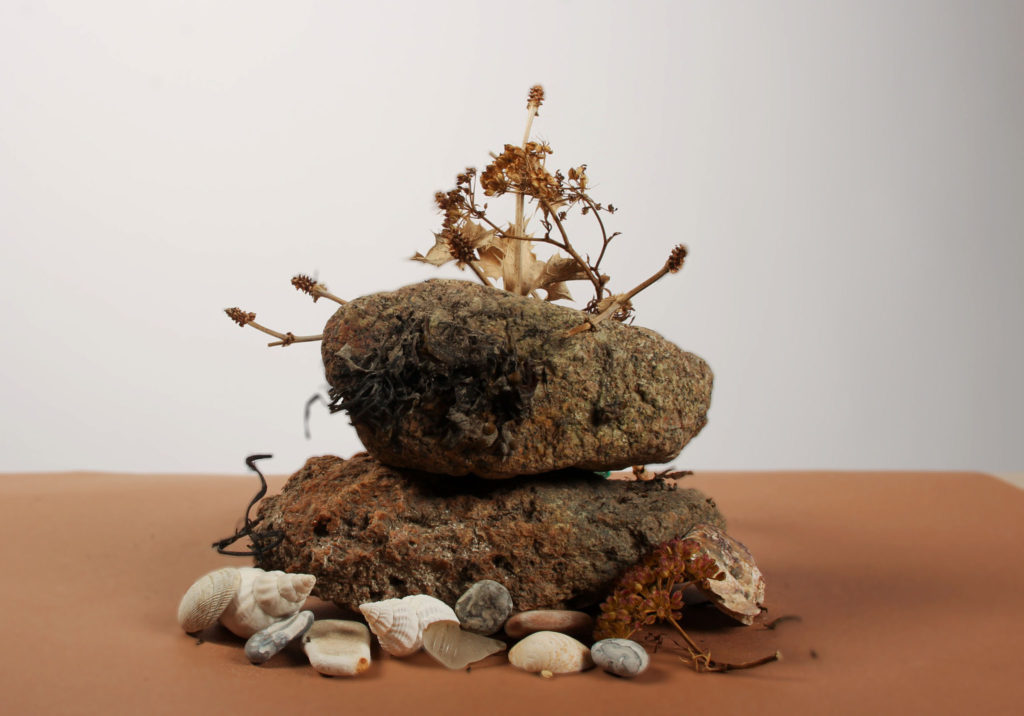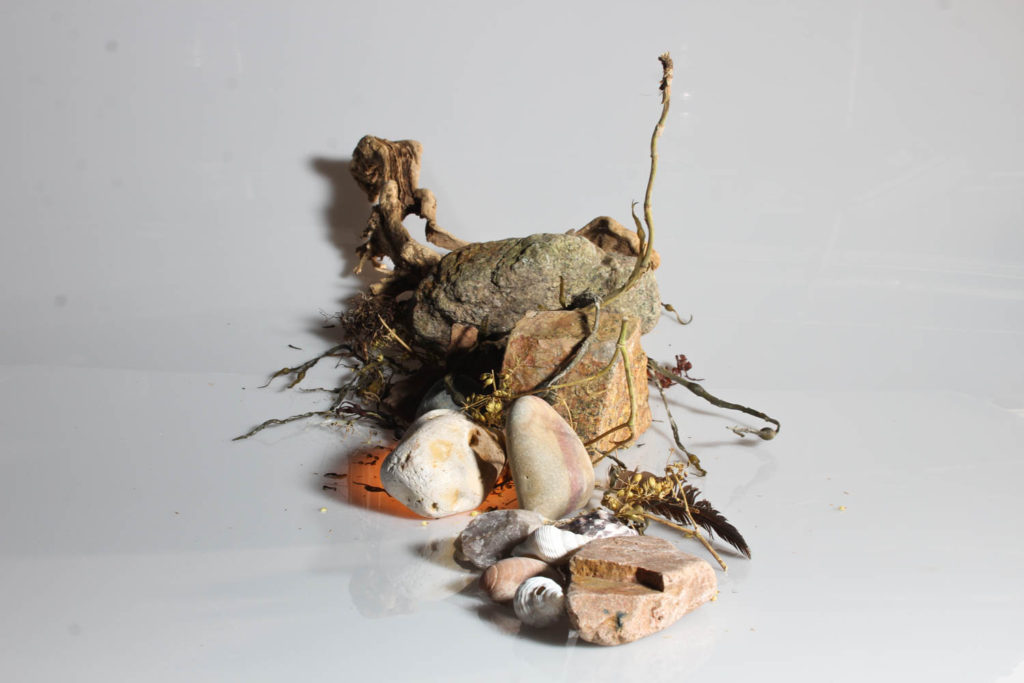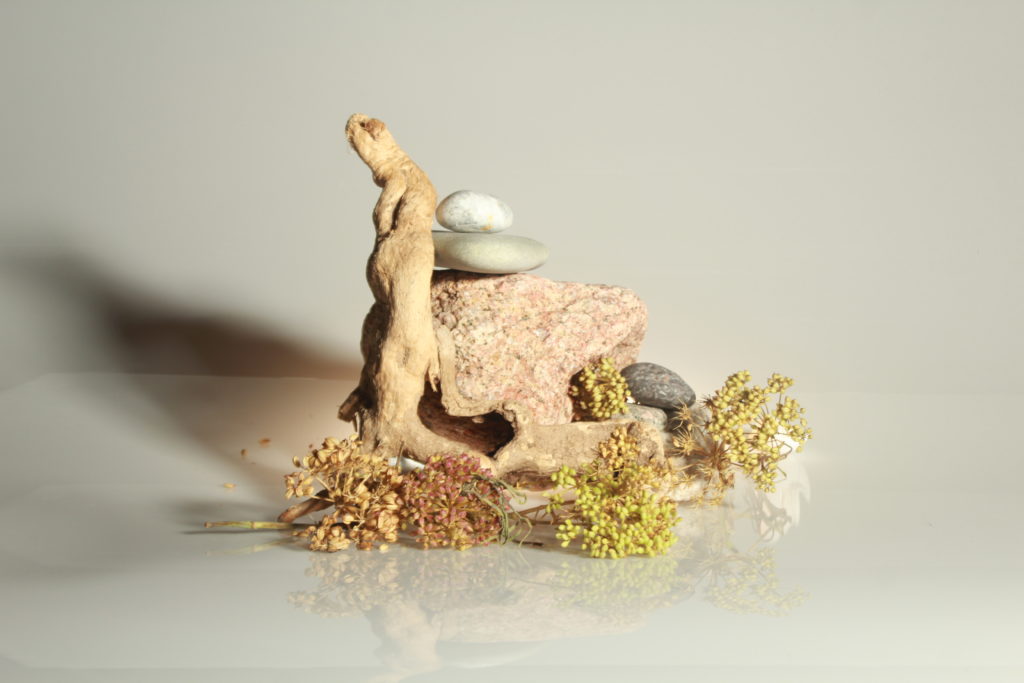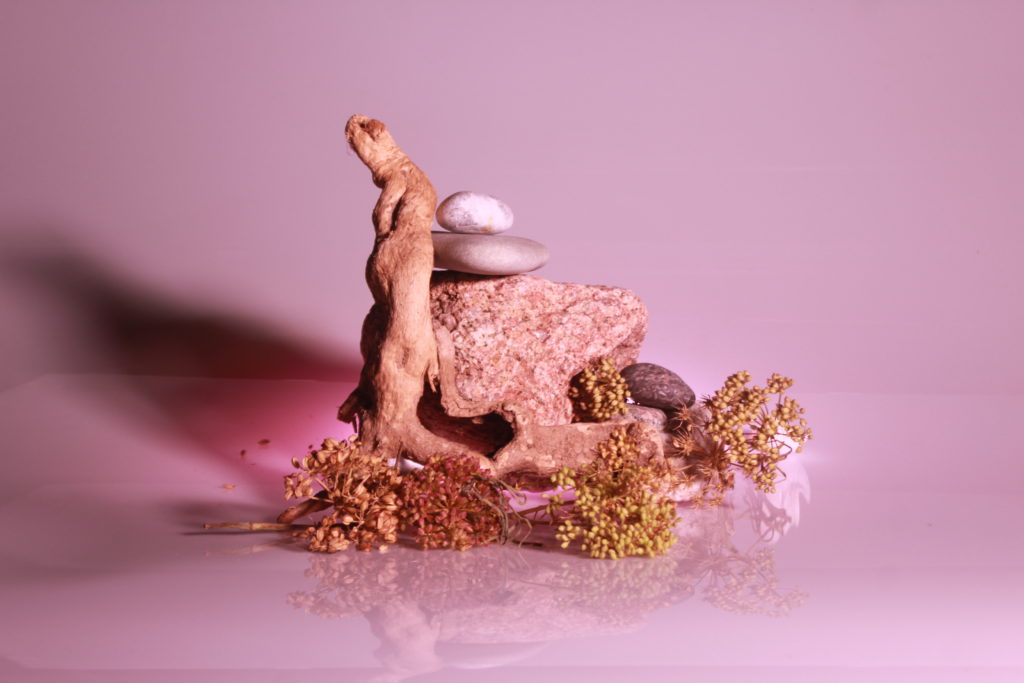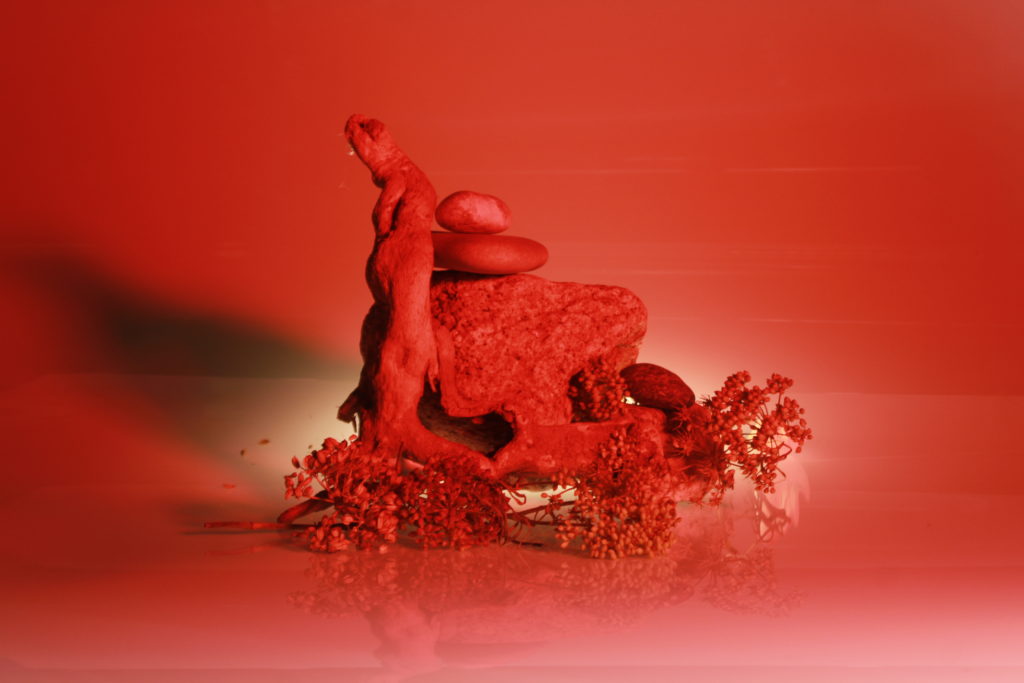Photography, by definition, is an art form that involves the capturing of light by chemical or digital means, through light-sensitive materials or image sensing technology respectively. First established during the earlier half of the 18th Century, the first commercialized ‘camera obscura’ invented by French artist Louis Daguerre and Inventor William Talbot, creating what they called ‘daguerreotypes’ and ‘calotypes’ – precursors to what modern photography is today.

However, photography also has its own individual definition to each viewer and artist, thanks to its fast-evolving history and ever-expanding versatility. In my opinion, I believe photography works as a physical time capsule, capturing a moment or memory in as clear a medium as possible – outlasting the deterioration of memories and the transience of life – and its power in the form of relating to each and every viewer uniquely, through a personal experience with a similar scene or colour palette, or a great feat of their own reminded by an intense, breath-taking piece. It functioned better than other forms of artwork in the sense that it captures the unforgiving reality of its subjects and their own unique imperfections, such as perhaps dull scenery or blemishes and marks that might be missed in painted portraits. Although, in today’s modern world, thanks to advances in technology, it’s a lot easier to manipulate photographs into something more idealistic, and to edit undesirable areas of images out.
Editing within photography became more and more common as the years progressed, the first processes involving painting over undesired sections of the image, later including something known as the ‘wet collodion’ process, followed by gelatin-silver (dry) process. One of the most iconic instances of early editing took place during the 1960s, when Yves Klein created his “Leap into the Void” works, where he would jump off of a building onto a tarpaulin held by his artist friends, and create composite photographs using the same scenery without his friends below, creating the illusion that he was able to undertake “unaided lunar travel”. This meant that photography was able to evolve more as an art form to depict unbelievable settings and acts, or, as it is often used today, to make a more appealing final product.
“Photographs confuse as much as fascinate, conceal as much as reveal, distract as much as compel. They are unpredictable communicators”. – David Campany
This quote is direct from photographer David Campany himself, and his opinion on the art form of photography. His belief is that equipment and skill are irrelevant when taking photographs, all that is needed is a camera – something easily accessible in today’s world, even just from a phone – and a pair of eyes that can interpret images. Photography is a universal skill that allows anyone to administer their own message into a world that isn’t theirs, but a piece of work that is their own.

